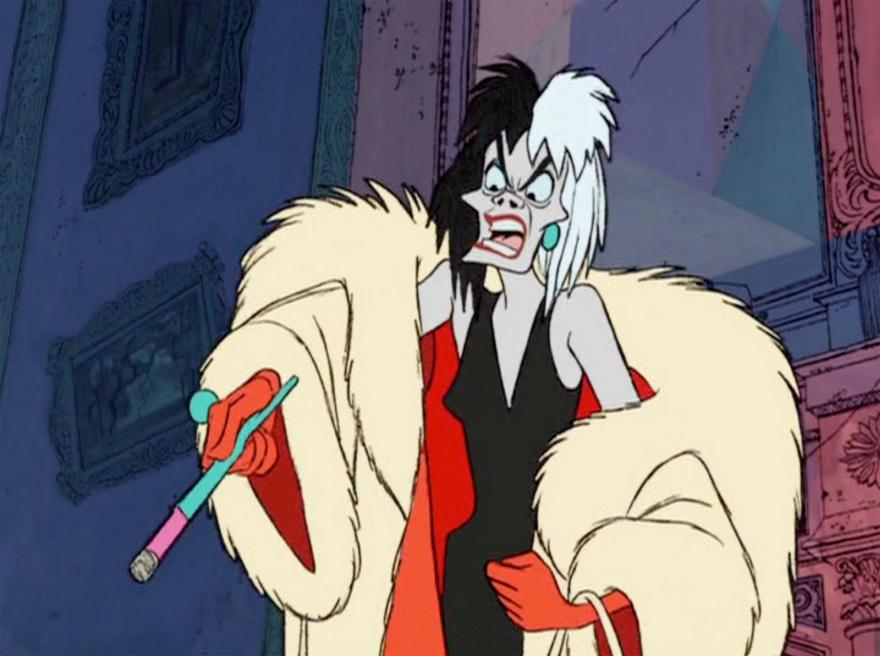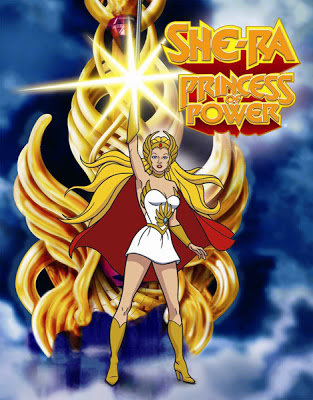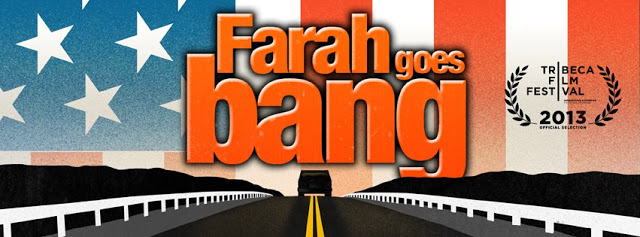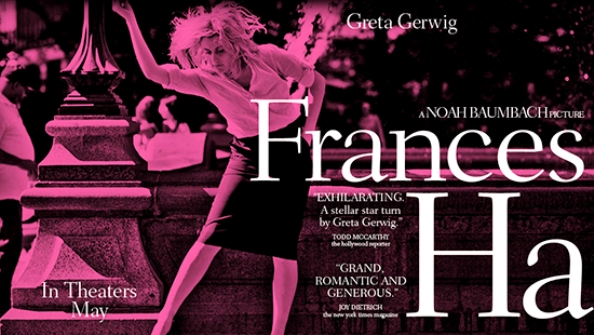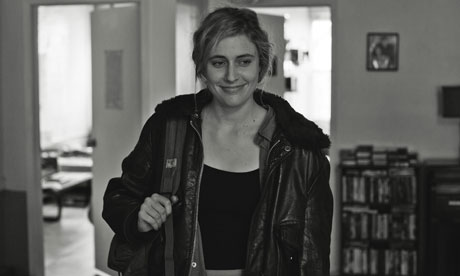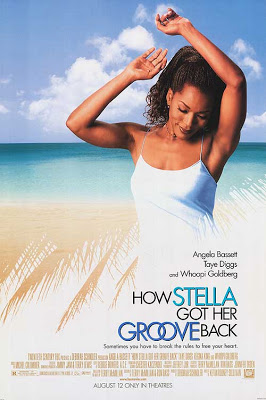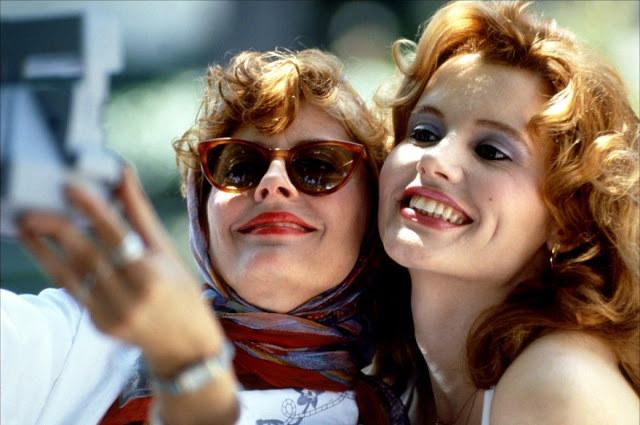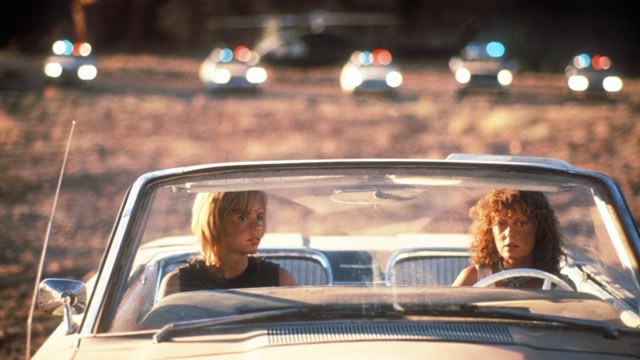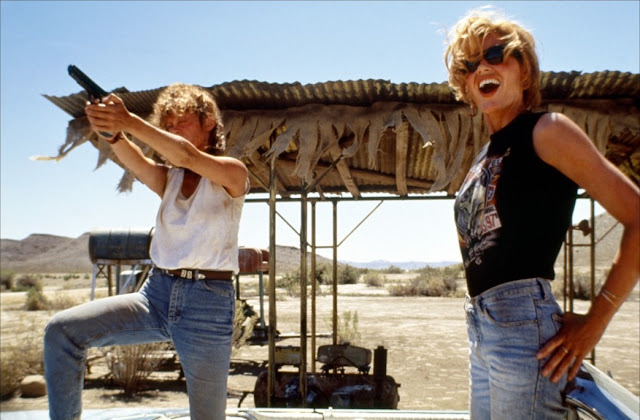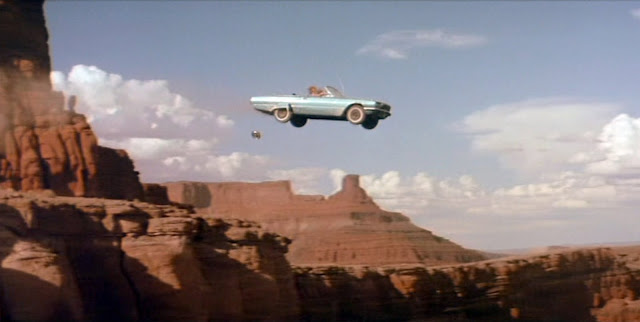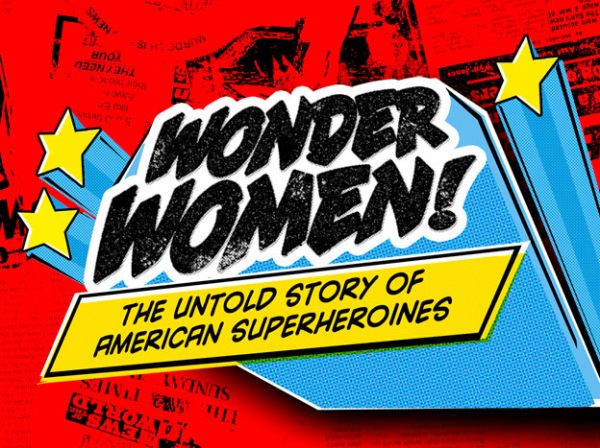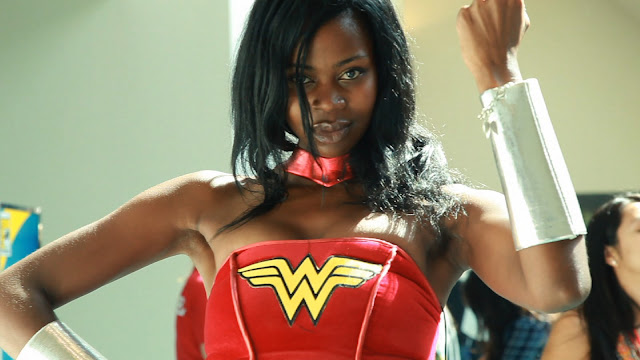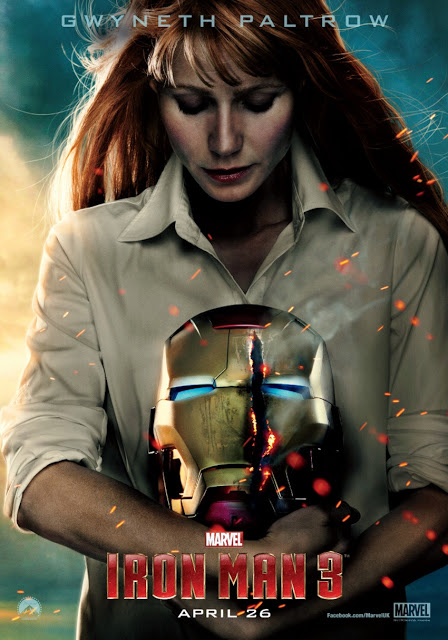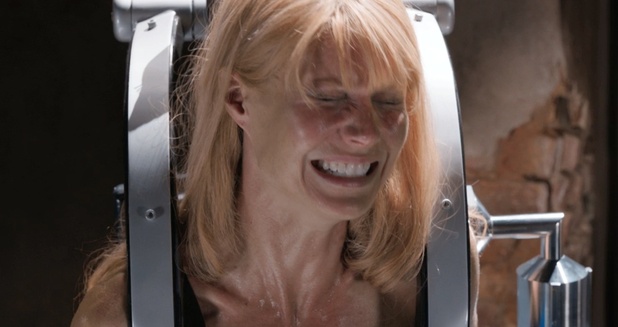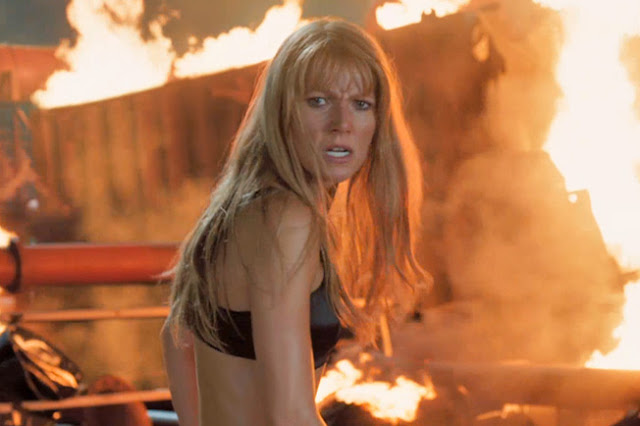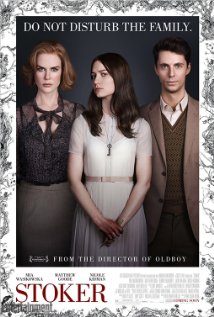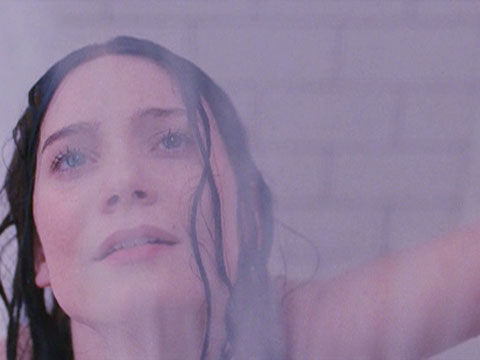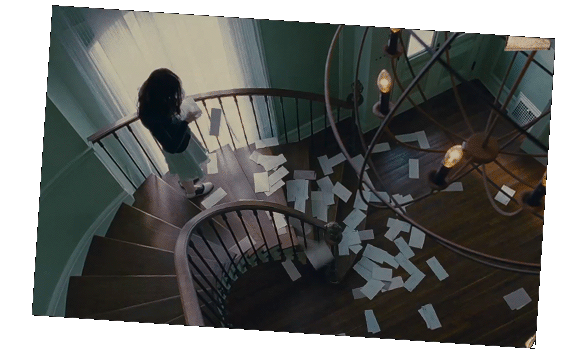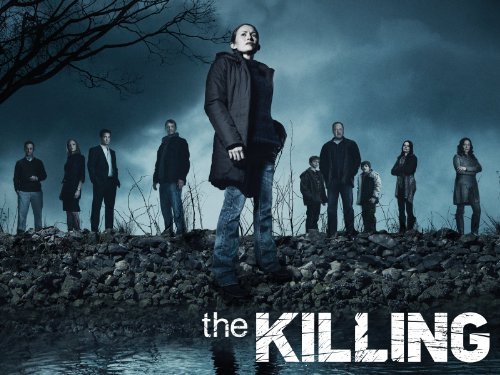 |
| The Killing promotional still. |
Written by Leigh Kolb
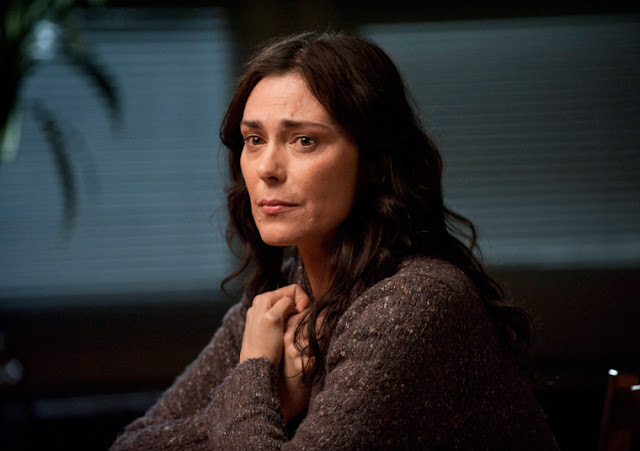 |
| Mitch Larsen: bad mother. |
“Her daughter may or may not have been a prostitute or involved in some illegal doings at a casino. And she ended up dead seemingly because of it. But instead of hunkering down and paying more attention to her remaining children, Mitch left her sons to be raised by a depressed father and their hooker aunt while she went off to live in a motel and act creepy around wayward runaway girls.”
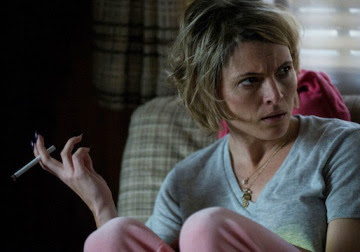 |
| Danette: bad mother. |
While these supporting characters’ relationships with their daughters are troubled, and it would be easy for the audience to “blame” the victimization of the daughters on their mothers, it wouldn’t be correct. We are so used to complex, fallible male characters that we are also conditioned to see them as complex and fallible, not good or evil. When we’re presented with women with the same depth of characterization–especially mothers–we don’t know what to do except what we’ve been conditioned to do: criticize them and blame them.
This is blatantly obvious when we consider the show’s protagonist, detective Sarah Linden (played by the amazing Mireille Enos).
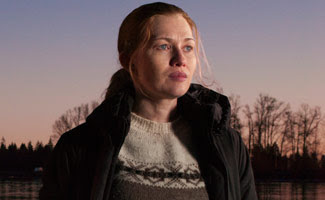 |
| Sarah Linden: bad mother. |
“We all struggle with the work-life balance thing, and detective Sarah Linden is hardly an exception. Finding time to mother her son, for instance, seems to be a challenge. Jogging, however, she manages to squeeze in. And it’s a good thing, too. Because Linden (finally) got a major break in the case this week, and it’s all thanks to the fact that she prioritizes cardio over sleep, parenthood, marriage, friendship, or updating a sweater collection that appears to have been sourced from Dress Barn circa 1997.”
“But she’s still the World’s Worst Mother — her son lives in Chicago and she won’t visit because, well, he’s the only person she knows there. Wow, Linden. Just, wow.”
In a Salon review from last year (which, remarkably, denounces The Killing for not being “fun” enough), the reviewer slips in, “Yes, it’s still raining, and Linden’s still a bad mother…”
“Sarah Linden refuses to accept that her inattentiveness is gravely affecting her son until she is forced to reckon with her absence around him. And in Mitch Larsen (Michelle Forbes) we bear witness to a character who is present in her daughter’s life and yet still positioned at a significant remove from the darkest secrets of her adolescence. In the end, of course, this is the scariest aspect of all.”
At Bitch Flicks, Megan Kearns posted in the first season how it was “refreshing” to see this kind of character trying to navigate her different roles, and that “the lead character is an accomplished single mom striving to keep her son out of trouble all while maintaining her demanding career.” She manages to do that by the third season, but it’s still not good enough.
Instead, audiences and critics alike focus much too closely on the female protagonist’s failings as a mother. We do not do that with male protagonists. (OK, six seasons in, after an episode highlighting parenting, Jezebel posted about how Don Draper was a “shitty dad.”)
Is Dexter a good father? What about Rick Grimes? Walter White?
Certainly there are lists of “bad dads” in TV/film, but the tone is different, more tongue-in-cheek. And a focus on these characters’ fathering abilities doesn’t run throughout conversations about the show, especially not with the same venom we see about Linden. When there’s a bad father in the mix, it’s just a poignant piece of a Joseph Campbell hero’s journey. Bad mothers, however, deserve to be burned at the proverbial stake.
There is a dearth of female antiheroes in film and television. The response to Sarah Linden shows why this is. When audiences see female characters, they think primarily in critical terms, especially about their roles as mothers and wives. (Of course this extends past fictional characters; there’s consistent and persistent hand-wringing about real-life women working too much and not being good enough mothers.) Women aren’t perfect (especially within the narrow confines of perfection that our society has put in place). Female characters shouldn’t be perfect.
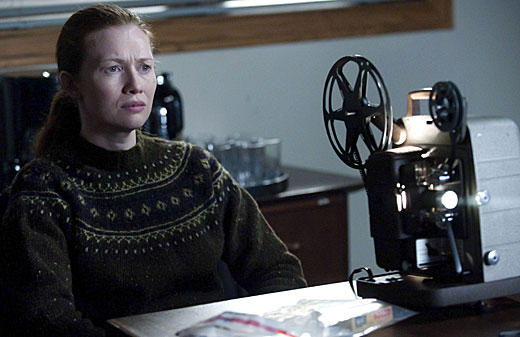 |
| My son is doing fine and my sweaters are warm and comfortable, assholes. |
Linden’s role as a parent, girlfriend and ex-wife is just one small part of the grand scheme of the show. Her partner, Stephen Holder, has a girlfriend this season. He forgets Valentine’s Day and is never home. He is not painted as a villain, because he’s out getting shit done. He’s doing his job. That is what is important in The Killing. So when critics focus (in depth, or just in passing) on how terrible a mother Linden is, that further erodes what should be good about having strong, complex female characters.
Leigh Kolb is a composition, literature and journalism instructor at a community college in rural Missouri.

